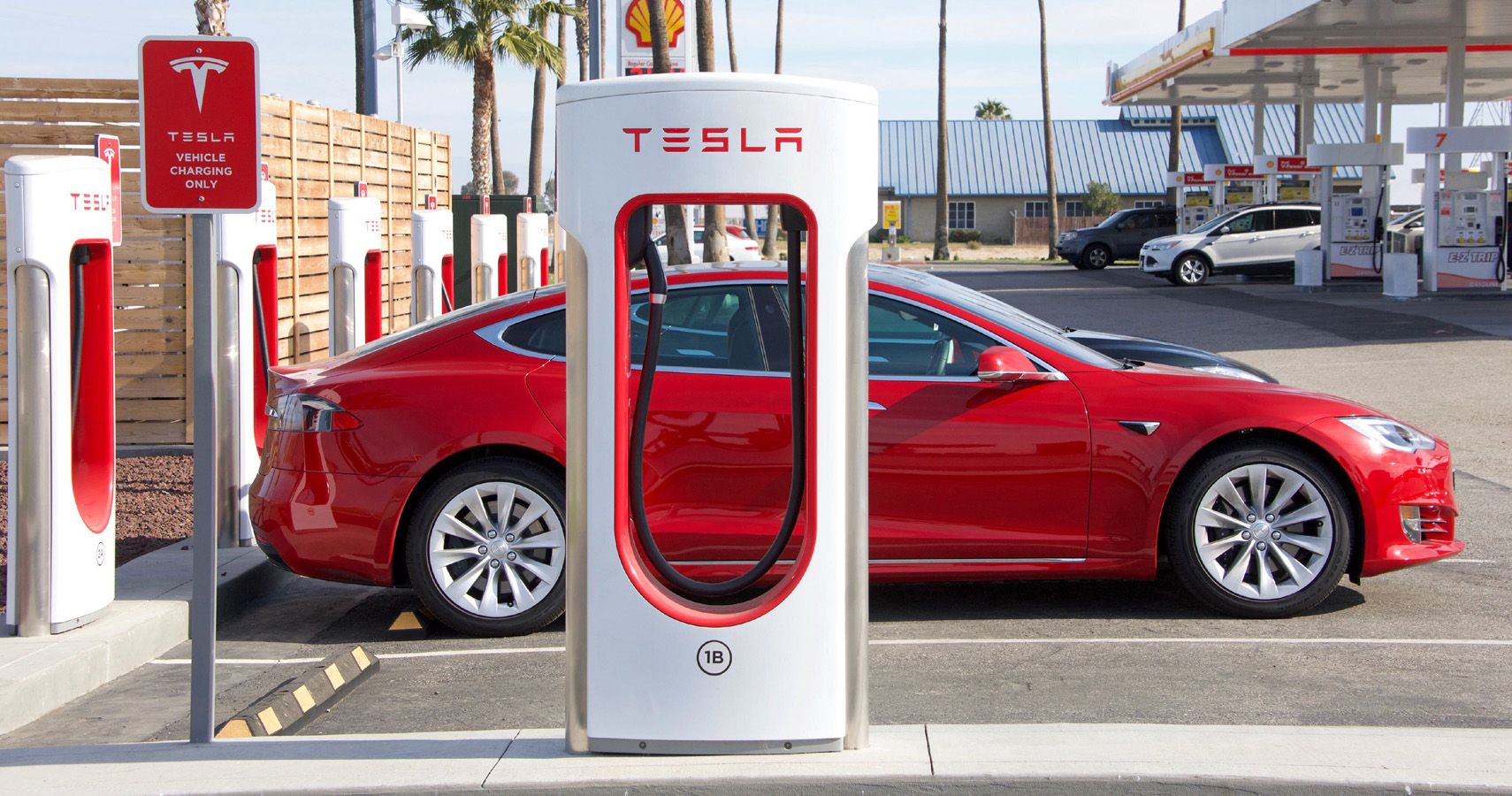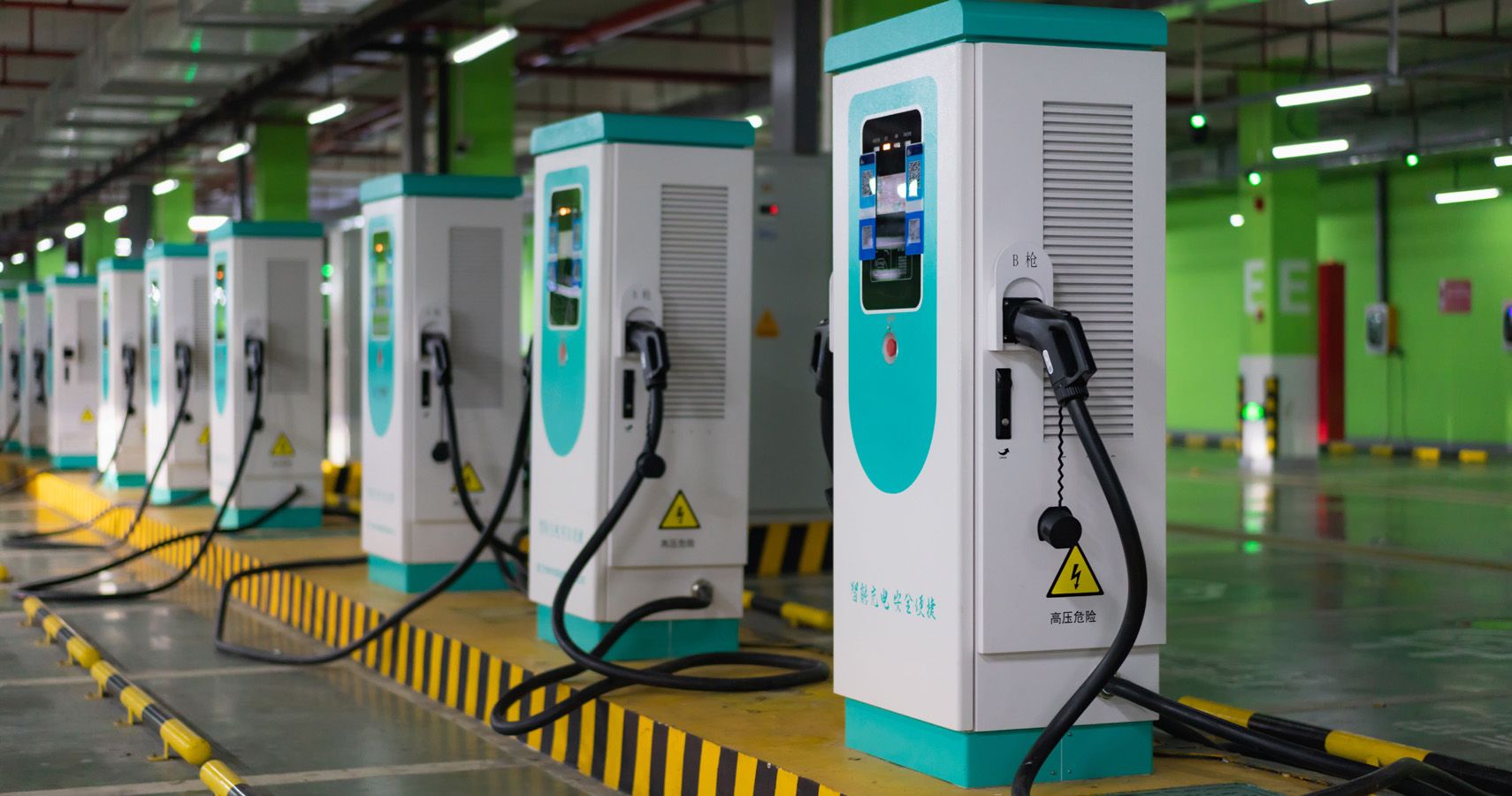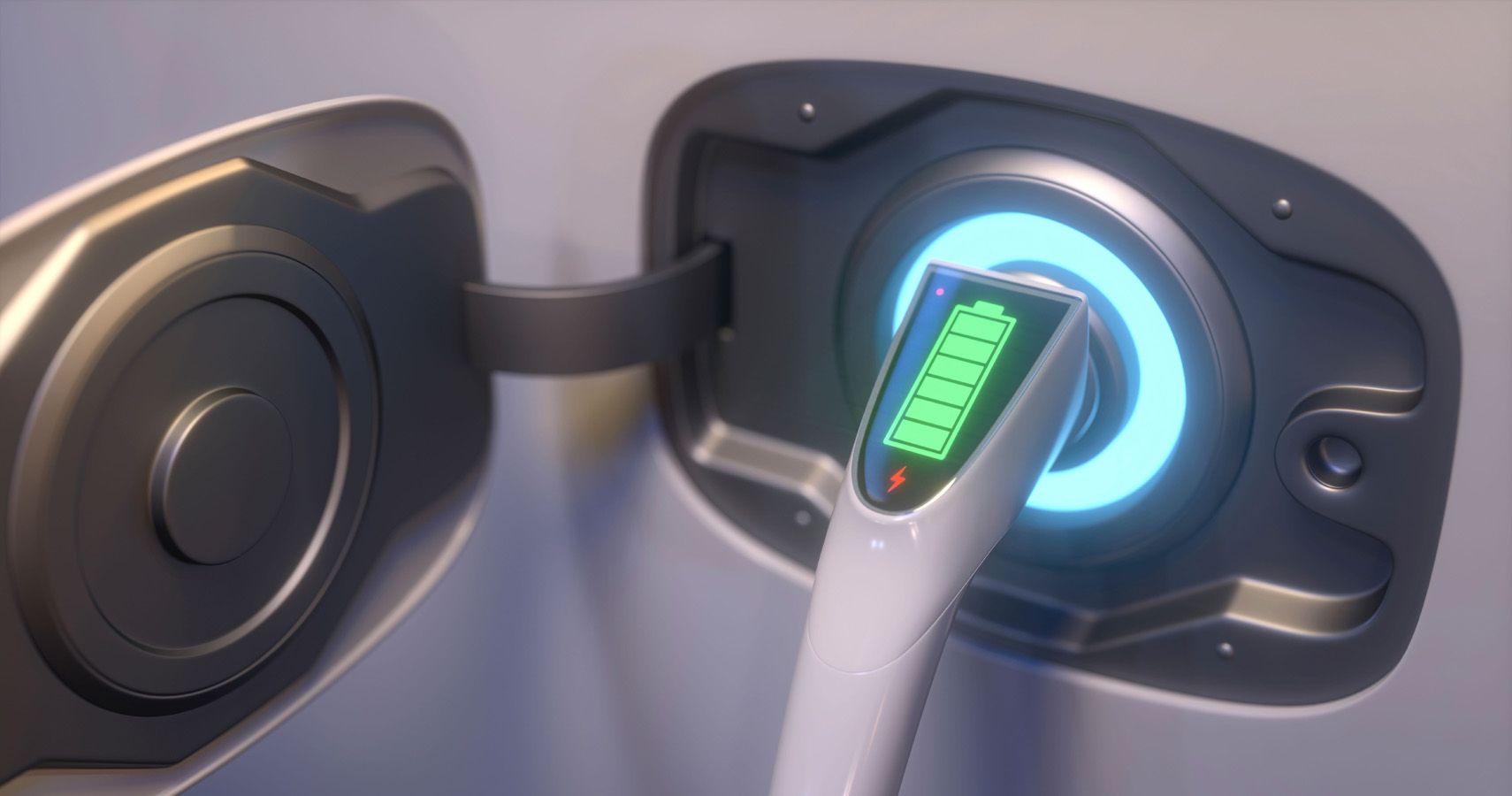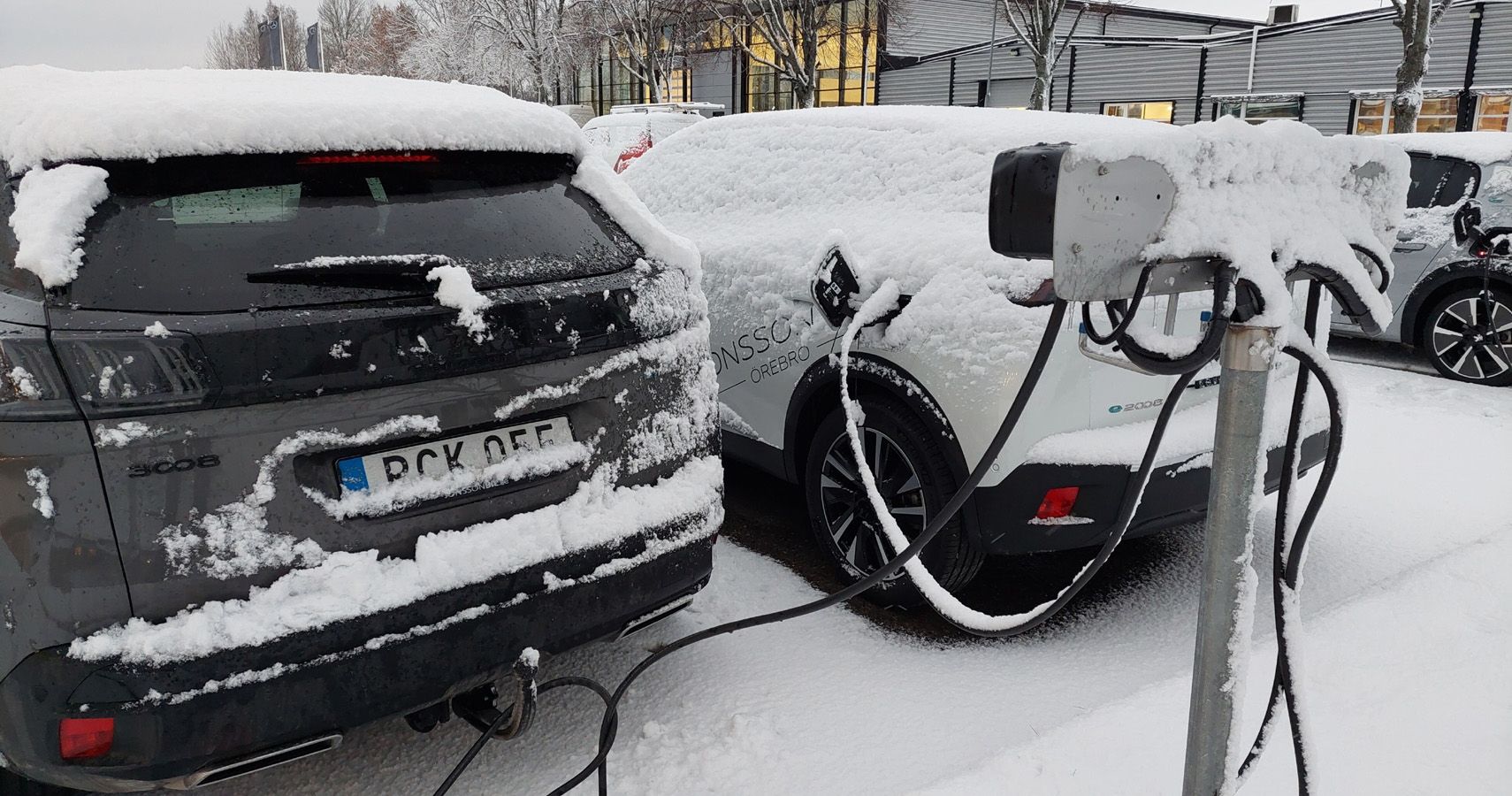Getting home an electric car? Good on you for saving the environment, but to truly get the most out of your EV, you need to know the tricks that go into charging an EV. Most EV giants send you home with a home EV charger that sometimes can come free with the vehicle but mostly you have to pay for. Otherwise, you can charge your electric ride at a public EV charger. For instance, now that the Tesla supercharger network has opened up for non-Tesla EVs as well, this too is a good option.
That said, there are plenty of factors to keep in mind while charging an EV. For instance, should you charge your car to 100% or leave it at 80 percent? What is the best way to charge an EV, via DC fast charging, or slow? Is it okay to leave your EV plugged in overnight to charge? Let’s tackle these questions one by one to make sure you know how to correctly charge your electric car to get all the miles you can whilst preserving the battery.
What Is Better: DC Fast Charging Or Slow?
If you are off on a long trip or need to top up the car to extend your journey, fast chargers will not have any effect on battery health, or so say most experts. While slow charging remains the best way to charge an EV, given that it uses low voltage and gently brings the battery back to life, emergency DC fast charging an EV does not affect battery health in the long run.
Technically speaking, an EV battery only accepts DC energy. The slow chargers at home use AC, as in alternating current with a standard 120-volt or dedicated 240-volt outlet, and the current passes through a converter to charge the EV. DC fast charging on the other hand uses a much higher 480-volt direct current and floods the battery with a massive amount of electricity which strains your battery. While DC fast charging is not a problem if used occasionally, if used regularly it can shorten your battery’s life.
According to Kia, eight years of standard charging will give you 10% more battery life compared to 8 years of DC fast charging. So it’s safe to say that if you want to extend the life of your EV, it’s best to use slow charging, going for DC fast charging should be on a need-to basis only.
Should You Charge Your EV To 80 Percent Or 100 Percent?
When it comes to range, you get the maximum only with a full charge, and some sedate driving, of course. That said, should you actually charge your EV to the complete 100 percent?
Electric cars come with a battery management system that stops the battery from falling to 0 percent or getting fully topped to 100 percent. Most carmakers tell you to avoid charging your battery to 100 percent regularly to improve the lifespan of your battery. Different EV makers often have different sets of guidelines to charge your battery. For instance, VW tells you to charge their EVs to 80 percent only, regularly, while Ford says it’s okay to go to 90 percent. Meanwhile, GM and Nissan say it’s okay to go 100 percent while Tesla says nothing about a full charge in its manual either. Kia also asks you to avoid a full charge to keep its battery health at its very best.
You can actually set the charger you have to charge at a certain percentage, so even if you leave the car to charge overnight, or forget about it for a few hours, the car will not charge beyond that point.
Still, many experts agree that even if you do charge your EV to 100 percent, it does not create a significant issue for battery health. There are plenty of charge cycles in an EV battery, and most batteries are likely to outlast the cars in any case.
However, when it comes to DC fast charging, it’s best to charge your EV battery to 80 percent given that it takes the same time to get a car from 0 percent to 80 percent capacity, as it does from 80 percent to 100 percent. An 80 percent battery capacity is enough for plenty of more miles.
Can Weather Make A Difference In Charging An EV?
Be it a public EV charger or a home one, it’s best to keep your car at optimum temperature before connecting it to an electric charger. An EV parked out for too long in the sun, or snow may not charge correctly. In winter, say, experts, it’s best first to drive the electric car a little to bring its internal temperature up before you start charging. For summers, make sure the car is not parked out in the sun, so remember to charge your EV in the shade.
Finally, do remember, your driving style will affect how quickly your battery drains, especially in extreme temperatures.
Sources: Kia, The Globe and Mail




